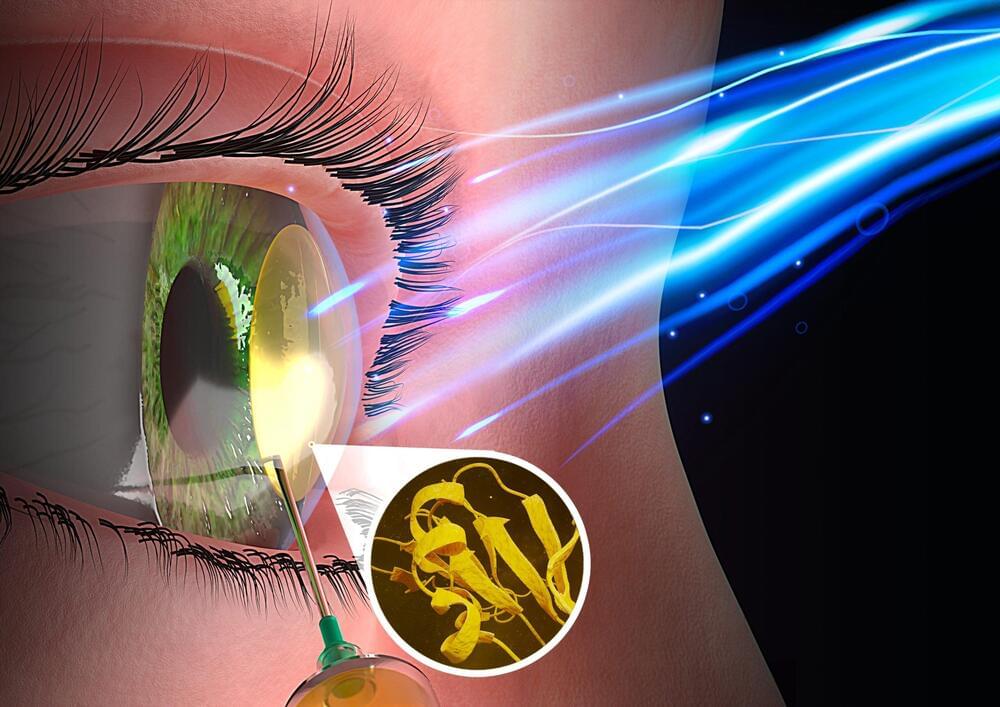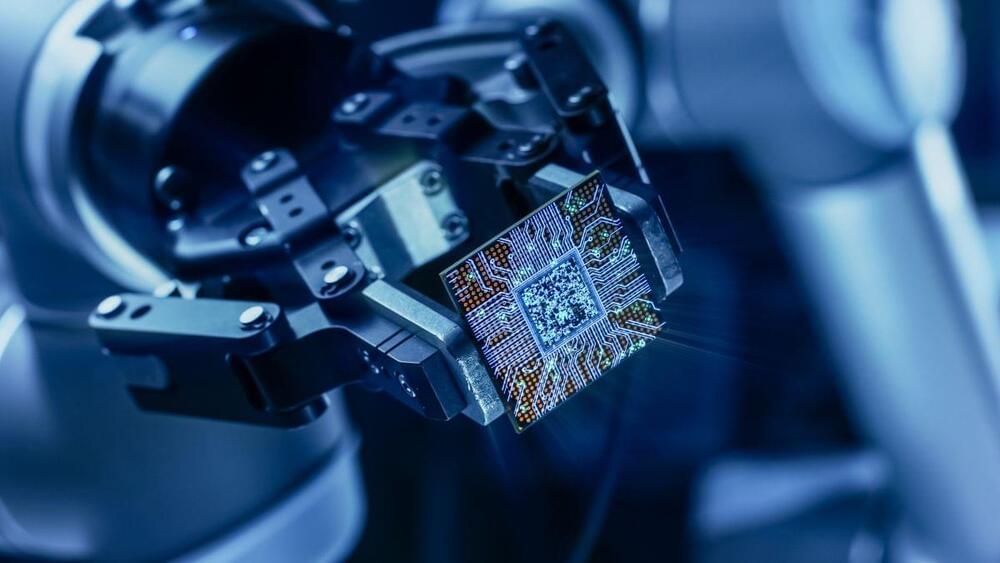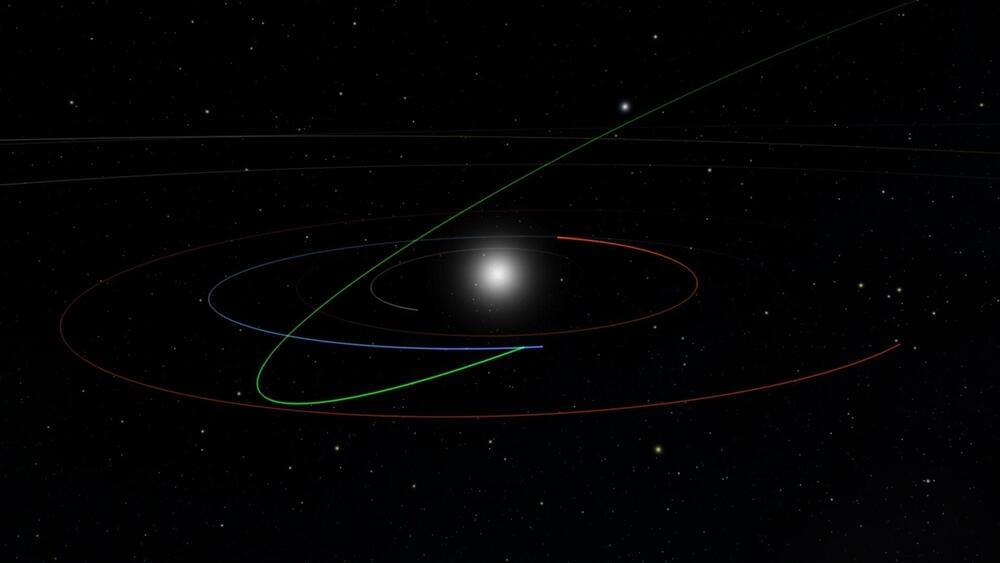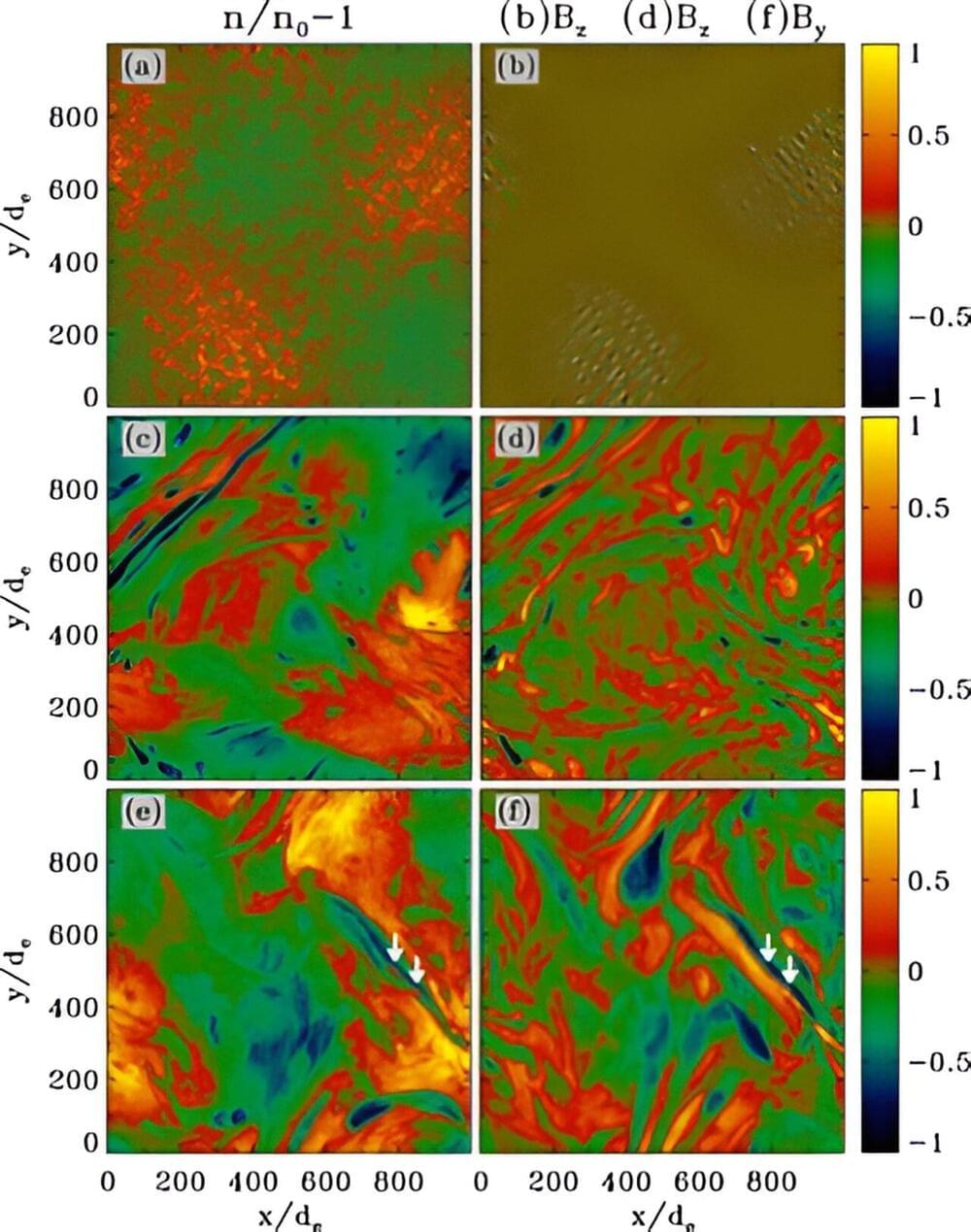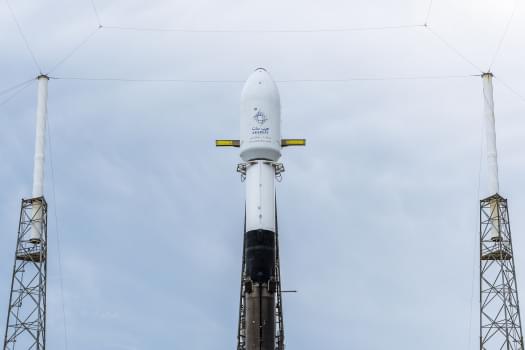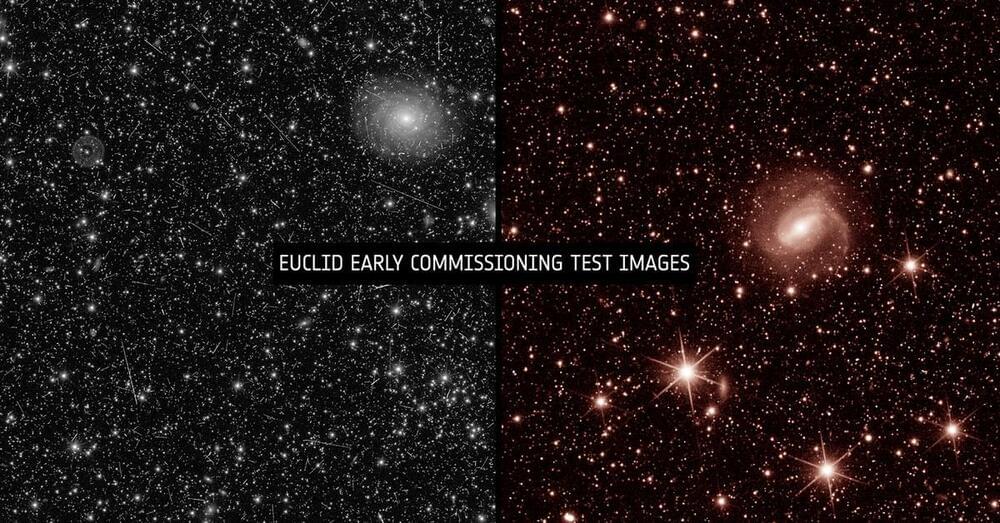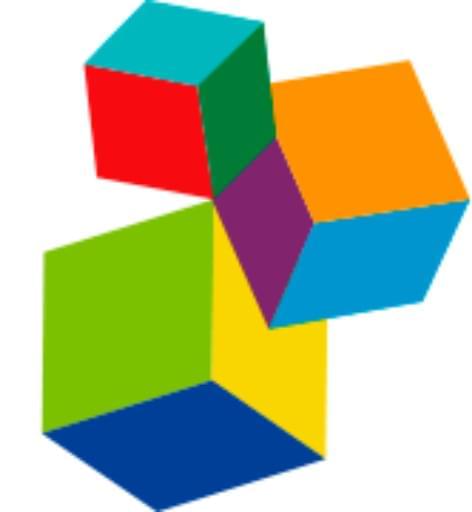NIH-funded study supports new role for nutrient found in fish, dietary supplements.
Omega-3 fatty acids, which are abundant in fish and fish oil supplements, appear promising for maintaining lung health, according to new evidence from a large, multi-faceted study in healthy adults supported by the National Institutes of Health. The study provides the strongest evidence to date of this association and underscores the importance of including omega-3 fatty acids in the diet, especially given that many Americans do not meet current guidelines. Funded largely by the National Heart, Lung, and Blood Institute (NHLBI), part of NIH, the study results were published in the American Journal of Respiratory and Critical Care Medicine.


